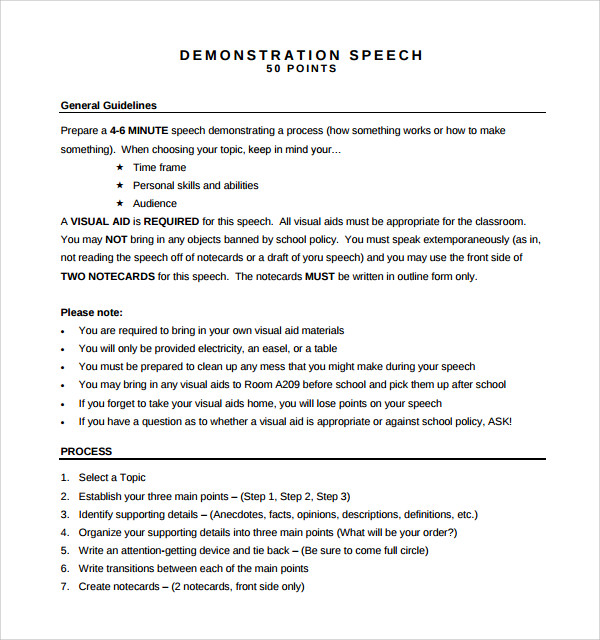

Click on the image to see a larger version of the map. By stretching the definition to include the Farmer’s Market as a “park,” this map underscores the severity of the problem. The map (Figure 4) from the Downtown Plan shows the near total absence of public parks from the downtown area. These spaces are most meaningful when they reinforce locations of special visual significance (such as downtown entry points and civic buildings) and functional importance (such as major “crossroads” of pedestrian movement). They also create opportunities for social interaction if they are located and designed to attract use, they can add substantially to the vitality of downtown’s street life. These public spaces play an important role in structuring the “image of the city” by creating focal points - or landmarks - which punctuate the urban fabric and provide relief to the hard surfaces of the built environment. While downtown’s streets and sidewalks are the foundation of its open space system, other types of public spaces - including parks, plazas, arcades, and atriums - expand the variety of the pedestrian experience which downtown offers. The Downtown Plan speaks to the need for parks: The May 2009 Ann Arbor Downtown Plan recognizes the special “civic center” character of the area bounded by the Federal Building and the Public Library.

The building could house multiple types of tenants: office, residential, retail….Ĭoncept 2 Site Plan by Stephan Trendov How does the Central Park and Civic Center vision fit with the current Downtown Plan? In this first pair of conceptual illustrations (below), we are invited to imagine one way in which the Library Lot might have both a park and large (13 story), new building sharing the site. This is a practical, do-able, beautiful possibility, in the best interest of Ann Arbor, in the long run, and now.Ĭould a new building and a public park coexist on the Library Lot? Here are concept drawings that imagine the possibilities… Connect with Liberty Plaza, the Transit Authority, the Library and adjacent buildings and businesses.Īny of the particulars can change as part of a community process.Create a variety of different kinds of spaces so many things can happen.Create a second level “balcony” above and covering the road in and out of the parking.Take advantage of the grade difference between Division and Fifth.Maximize people space, subordinate automobile space.The Civic Center can be a place for community building, meetings, performances, learning and entrepreneurship. Ann Arbor’s Central Park can be a landing or an oasis, a place of imagination or meditation. Ann Arbor’s Central Park and Civic Center can be a green connection between town and gown, Main Street and the UM Central Campus. The transit center and the underground parking carry visitors in all directions to and from the heart of Ann Arbor. This is the place for Ann Arbor’s Central Park and Civic Center because it is at our community core: close to the Downtown Library and the Kempf House Museum, close to the Federal Building, City Hall and the Courts, close to our vibrant retail and restaurant districts. A multi-purpose space to encourage civic engagement.

A destination place to discover Downtown.



 0 kommentar(er)
0 kommentar(er)
